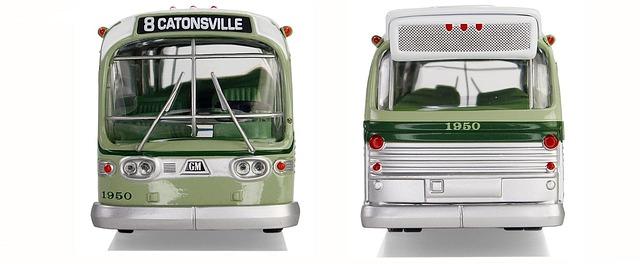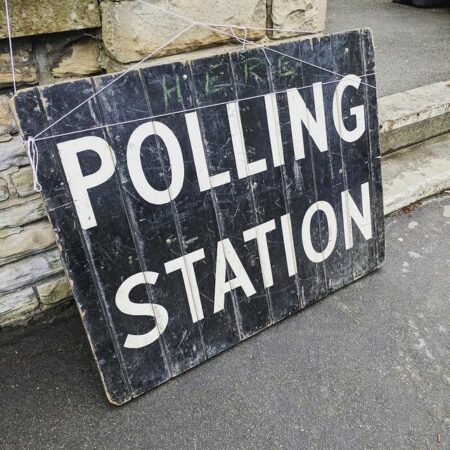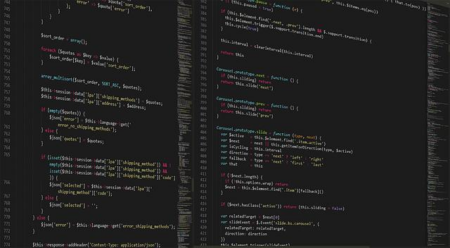Transforming New York City’s Bus System: Strategies for Faster, More Dependable Service
As New York City faces escalating traffic congestion and lengthening commute durations, the urgency for a swifter, more dependable bus network intensifies. Despite the city’s vast transit infrastructure, sluggish bus speeds continue to frustrate riders and hinder efforts to encourage public transit use. This article delves into innovative approaches to accelerate bus travel, boost operational efficiency, and elevate the daily commute for millions of New Yorkers who depend on buses. What actionable measures can NYC implement to make bus travel a faster, more appealing choice for its residents?
Strengthening Bus Lane Compliance to Minimize Delays
Enforcing bus-only lanes has become a pivotal tactic in combating frequent bus delays throughout the city. Although New York has invested heavily in bus rapid transit infrastructure, unauthorized vehicles frequently encroach on these lanes, severely impeding bus movement. To counter this, city officials are intensifying enforcement efforts by increasing fines and deploying advanced automated camera systems that identify violators in real time. These measures aim to restore the speed and reliability that bus riders expect.
This enforcement initiative aligns with NYC’s broader objectives to enhance transit efficiency, lower carbon emissions, and motivate commuters to opt for public transportation over private cars. By cracking down on illegal bus lane usage, the city hopes to make buses a competitive alternative, slicing through the congestion that often paralyzes surface streets.
- Deployment of automated camera enforcement on high-traffic corridors
- Escalated penalties targeting repeat violators
- Public education campaigns clarifying bus lane regulations
- Joint operations between NYPD and MTA for live monitoring and enforcement
| Initiative | Projected Outcome |
|---|---|
| Automated camera enforcement | Cut illegal lane usage by approximately 40% |
| Increased fines | Discourage habitual offenders |
| Awareness campaigns | Boost public compliance and understanding |
Enhancing Bus Movement Through Smart Traffic Signal Management
Optimizing traffic light timing to favor buses can drastically reduce stoppage times and improve punctuality on heavily trafficked routes. By fine-tuning signal cycles to prioritize buses-especially at busy intersections-city planners can help buses maintain momentum, reducing idle time and improving overall speed. This is achieved through GPS-enabled buses that communicate their location to traffic controllers, triggering green lights or extending green phases to facilitate smoother passage without significantly disrupting other traffic.
Several metropolitan areas have successfully implemented such systems, yielding measurable improvements. Key technologies include:
- Transit Signal Priority (TSP): Detects approaching buses and adjusts signals dynamically to reduce stops.
- Adaptive Signal Control: Modifies traffic light patterns in real time based on current traffic and bus flow.
- Dedicated Bus Lanes: When combined with signal prioritization, these lanes virtually eliminate bus congestion.
| Performance Metric | Before Implementation | After Implementation |
|---|---|---|
| Average Bus Delay (minutes) | 7.4 | 3.1 |
| On-Time Arrival Rate (%) | 65% | 85% |
| Fuel Consumption Reduction (%) | N/A | 12% |
Expanding Dedicated Bus Rapid Transit Corridors for Greater Efficiency
Creating and extending exclusive bus corridors is vital to alleviating New York City’s chronic bus delays. By reserving lanes solely for buses, the city can drastically reduce congestion caused by mixed traffic, especially during rush hours when street-level gridlock is most severe. Existing Bus Rapid Transit (BRT) routes have demonstrated that prioritizing buses in this way can boost average speeds by up to 30% and significantly enhance service dependability. These improvements not only benefit daily riders but also encourage increased public transit use, helping to reduce reliance on private vehicles.
For successful expansion, a comprehensive strategy is essential, including:
- Engaging local communities: Garnering support from residents and businesses affected by corridor changes.
- Coordinated traffic signal prioritization: Aligning traffic lights to favor buses along BRT routes.
- Robust enforcement: Preventing unauthorized vehicles from entering bus-only lanes.
Moreover, integrating real-time bus tracking and contactless fare payment systems within these corridors can streamline operations and speed up boarding processes. Below is an overview of potential speed improvements on key NYC corridors:
| Corridor | Current Average Speed (mph) | Projected Speed After BRT Expansion (mph) | Estimated Time Savings |
|---|---|---|---|
| Fordham Road, Bronx | 8.5 | 12.0 | 30% |
| Queens Boulevard, Queens | 7.8 | 11.5 | 32% |
| Jerome Avenue, Bronx | 9.0 | 13.0 | 33% |
Leveraging Technology and Infrastructure for Real-Time Bus Information
Adopting advanced technology can revolutionize the commuting experience by providing passengers with real-time bus updates. GPS devices installed on buses offer precise location tracking and predictive arrival times that adjust dynamically based on traffic conditions and delays. These updates, accessible through mobile applications and digital displays at stops, empower riders to better plan their trips and minimize waiting periods. Additionally, integrating these systems with traffic signal priority mechanisms helps reduce stops at red lights, enabling smoother and faster journeys through congested zones.
Key elements for effective deployment include:
- State-of-the-art GPS and communication equipment on buses
- User-friendly mobile and web platforms delivering live updates
- Intelligent traffic management systems synchronized with transit operations
- Continuous data analysis to refine schedules and routes
| Technology | Advantage | Effect on Service |
|---|---|---|
| GPS Tracking | Accurate bus location data | Enhanced arrival time predictions |
| Mobile App Notifications | Real-time passenger alerts | Reduced waiting times |
| Traffic Signal Priority | Quicker intersection crossings | Shorter overall trip durations |
Final Thoughts
As New York City continues to expand and evolve, the necessity for a faster, more reliable bus system remains a critical priority for both commuters and policymakers. Tackling this challenge demands a blend of strategic infrastructure investments, regulatory reforms, and active community participation. With persistent dedication and innovative approaches, NYC can develop a bus network that significantly reduces travel times, alleviates congestion, and enhances quality of life across all boroughs. While the journey toward faster buses is complex, the pressing nature of the issue calls for immediate and decisive action.













